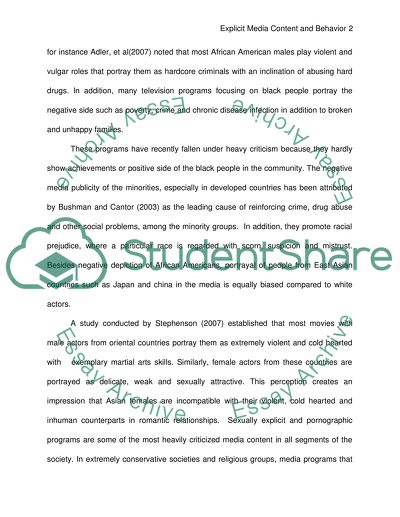Cite this document
(“The ways children and adults may respond to media content that Essay”, n.d.)
The ways children and adults may respond to media content that Essay. Retrieved from https://studentshare.org/journalism-communication/1431237-discuss-the-ways-children-and-adults-may-respond
The ways children and adults may respond to media content that Essay. Retrieved from https://studentshare.org/journalism-communication/1431237-discuss-the-ways-children-and-adults-may-respond
(The Ways Children and Adults May Respond to Media Content That Essay)
The Ways Children and Adults May Respond to Media Content That Essay. https://studentshare.org/journalism-communication/1431237-discuss-the-ways-children-and-adults-may-respond.
The Ways Children and Adults May Respond to Media Content That Essay. https://studentshare.org/journalism-communication/1431237-discuss-the-ways-children-and-adults-may-respond.
“The Ways Children and Adults May Respond to Media Content That Essay”, n.d. https://studentshare.org/journalism-communication/1431237-discuss-the-ways-children-and-adults-may-respond.


